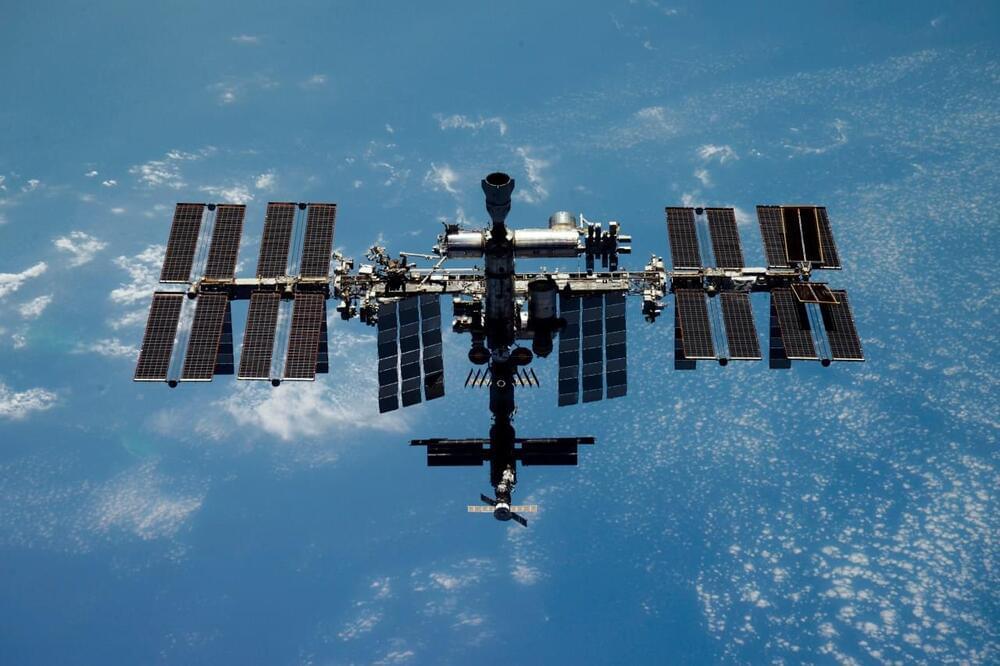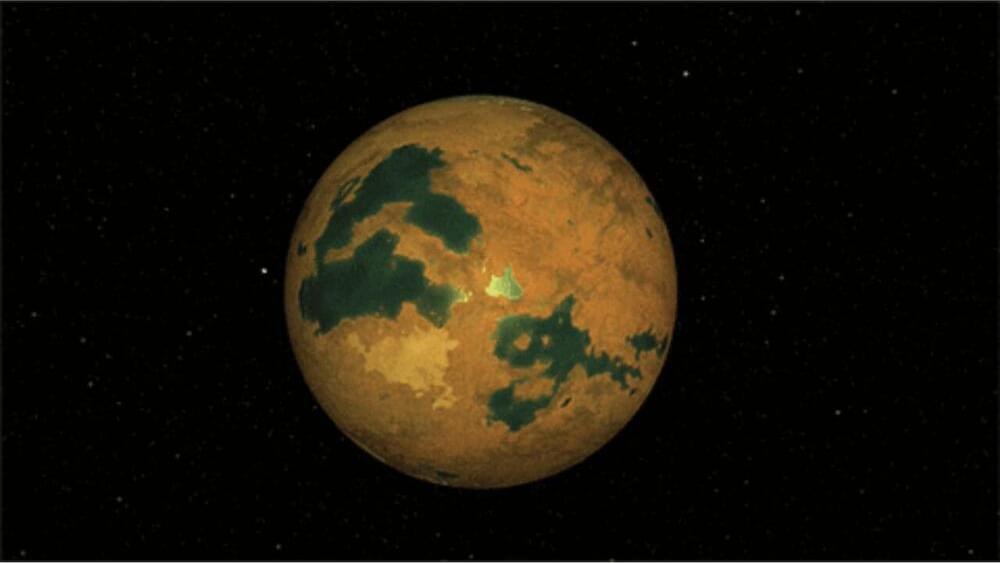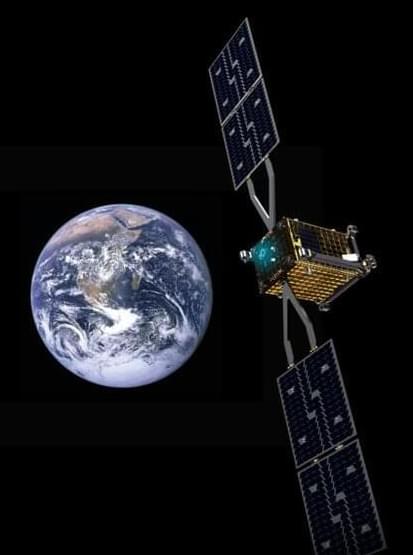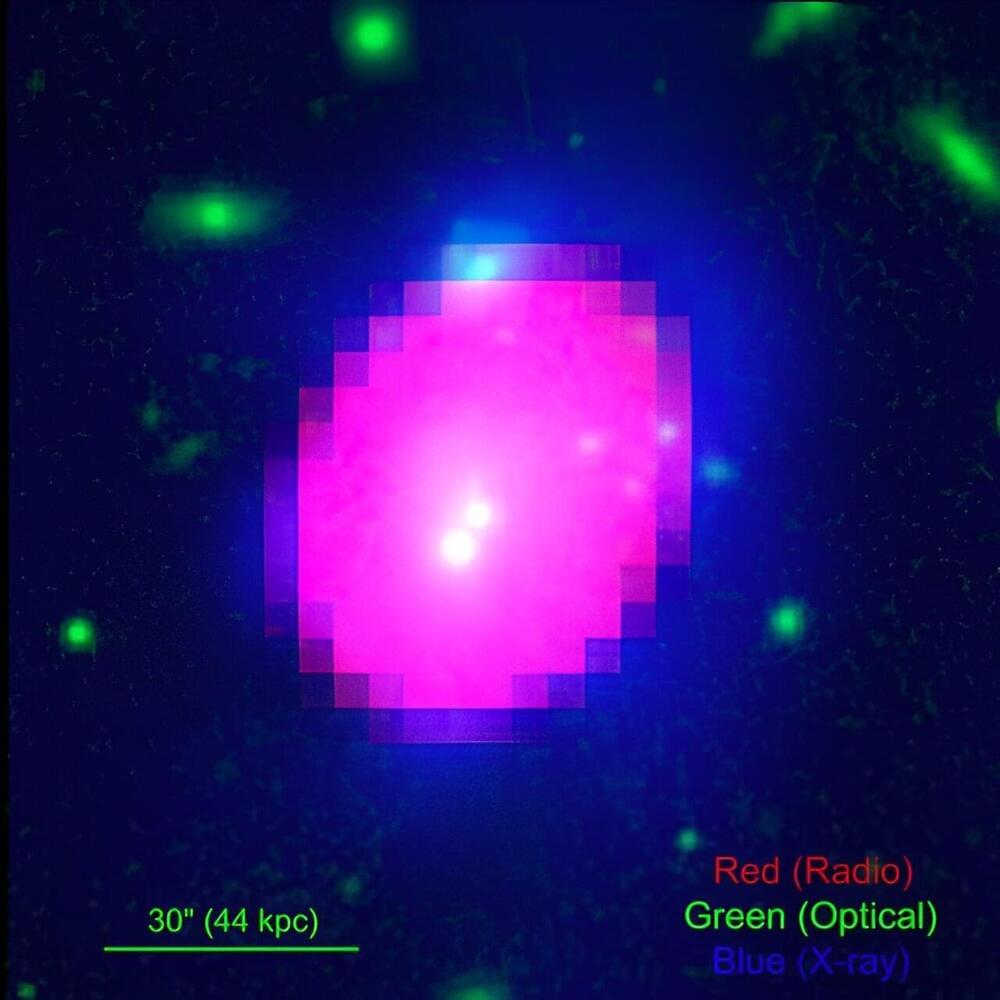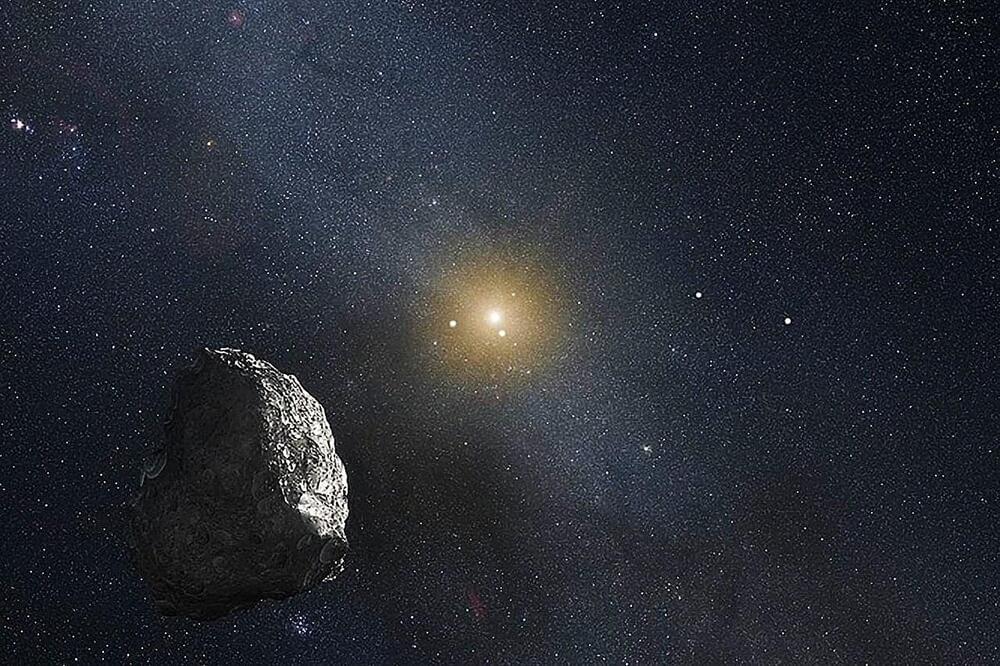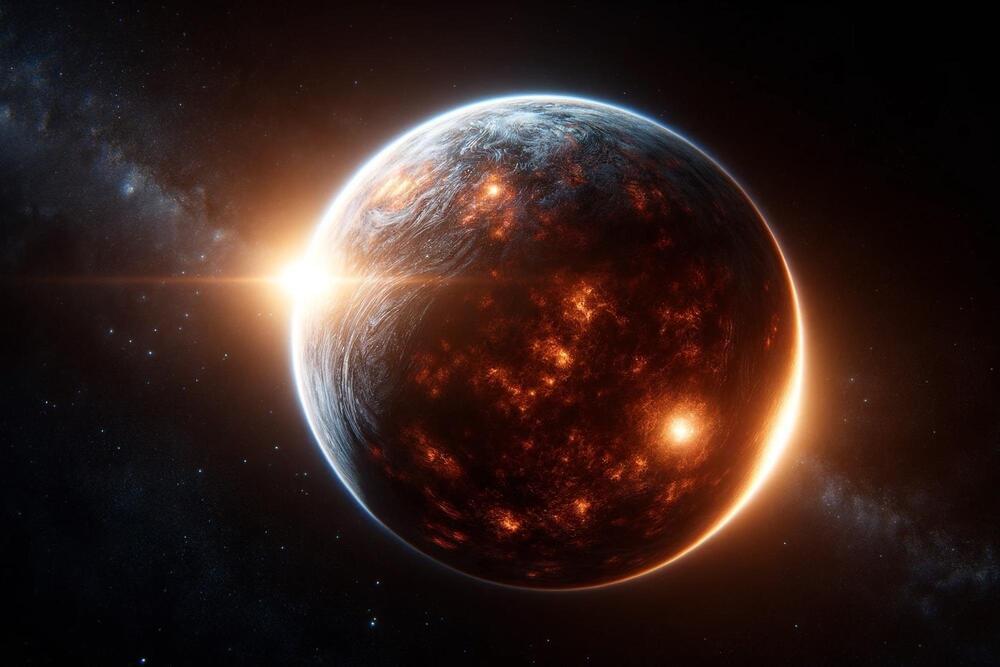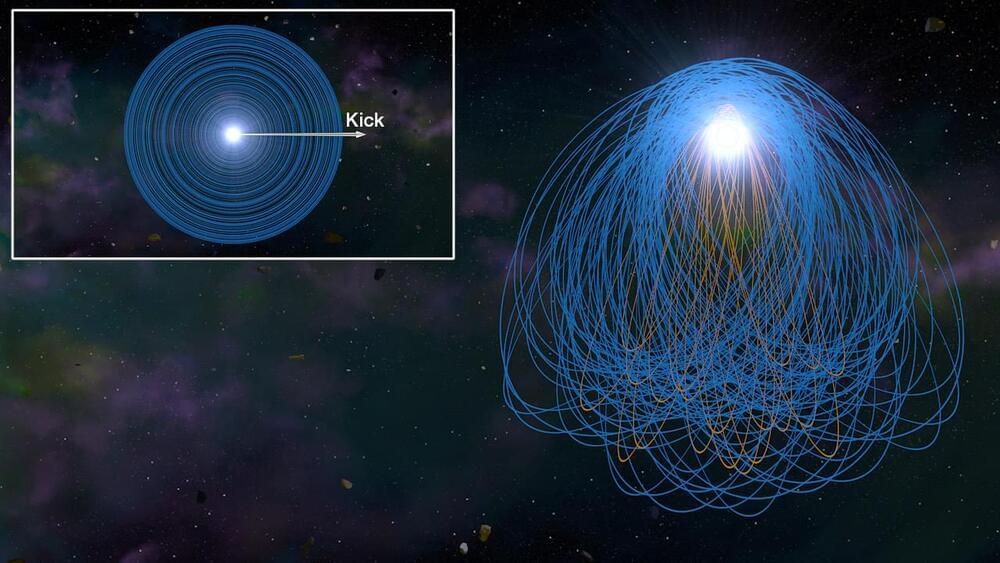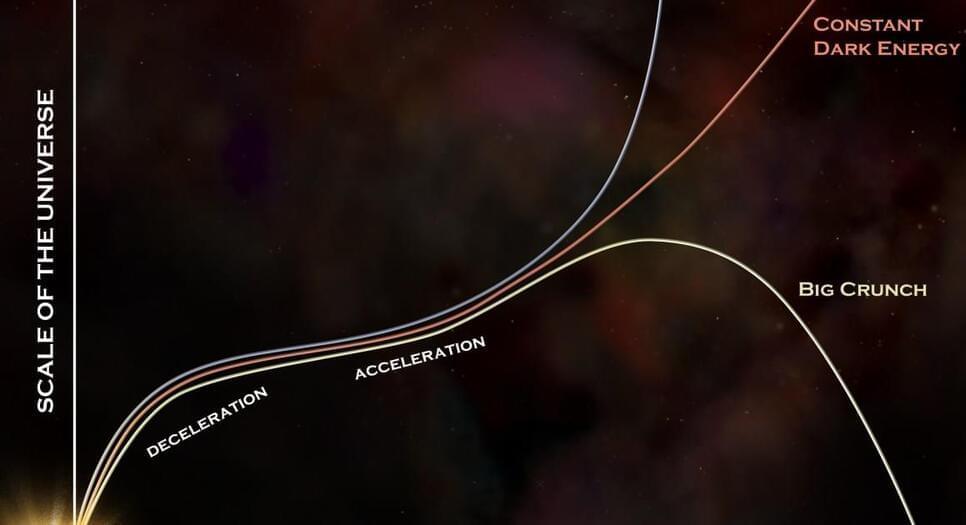May 29, 2024
Mystery of ‘slow’ solar wind unveiled by Solar Orbiter mission
Posted by Genevieve Klien in category: space
Described as “the most complex scientific laboratory ever to have been sent to the sun,” there are ten different scientific instruments onboard Solar Orbiter—some in situ to collect and analyze samples of the solar wind as it passes the spacecraft, and other remote sensing instruments designed to capture high quality images of activity at the sun’s surface.
By combining photographic and instrumental data, scientists have for the first time been able to identify more clearly where the slow solar wind originates. This has helped them to establish how it is able to leave the sun and begin its journey into the heliosphere—the giant bubble around the sun and its planets which protect our solar system from interstellar radiation.
Dr. Steph Yardley of Northumbria University, Newcastle upon Tyne, led the research and explains, The variability of solar wind streams measured in situ at a spacecraft close to the sun provide us with a lot of information on their sources, and although past studies have traced the origins of the solar wind, this was done much closer to Earth, by which time this variability is lost.

